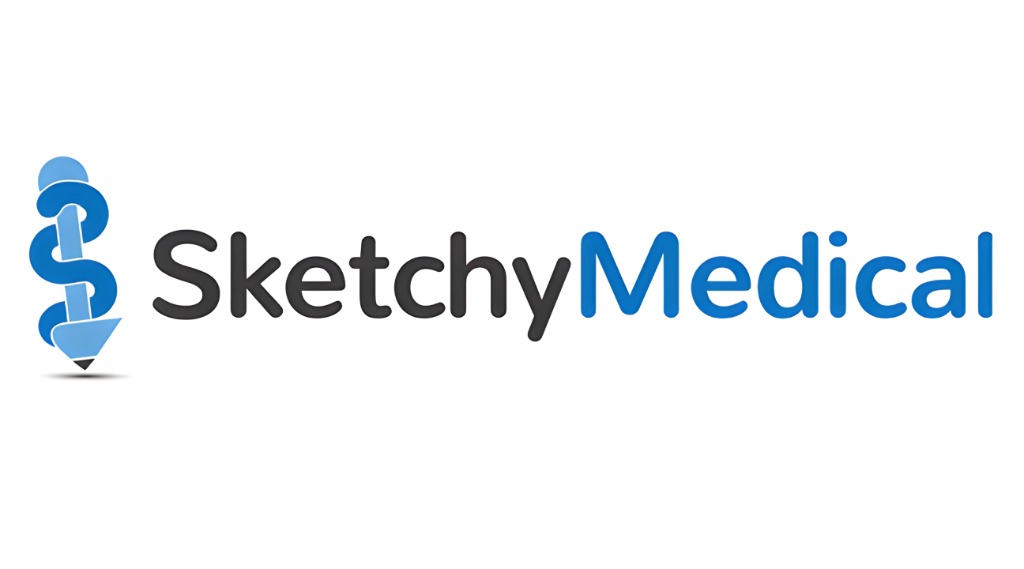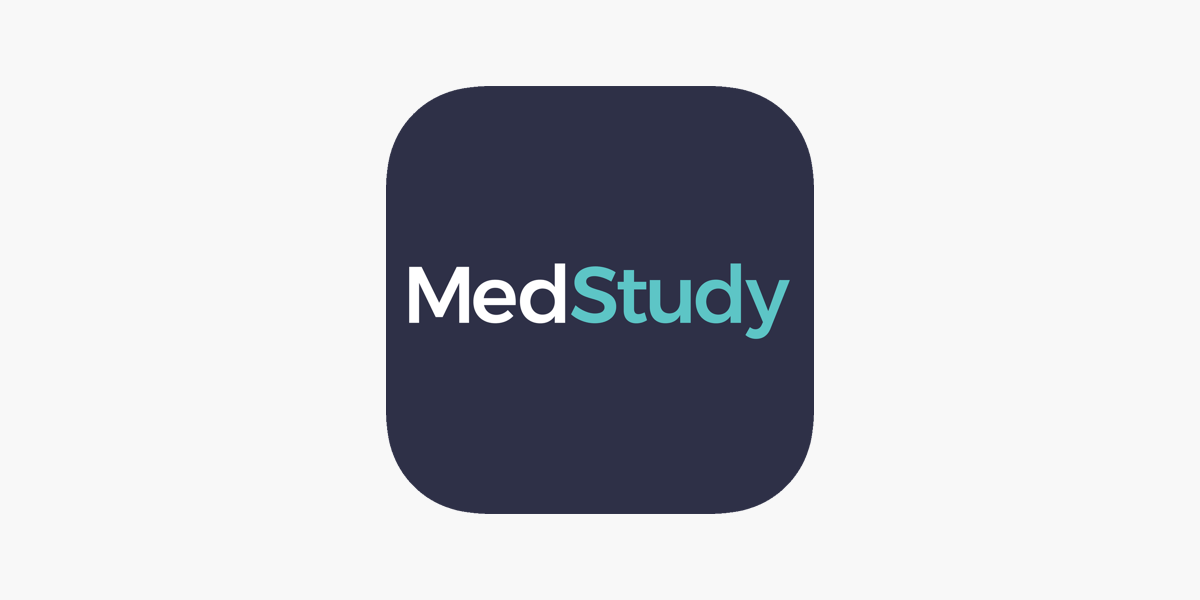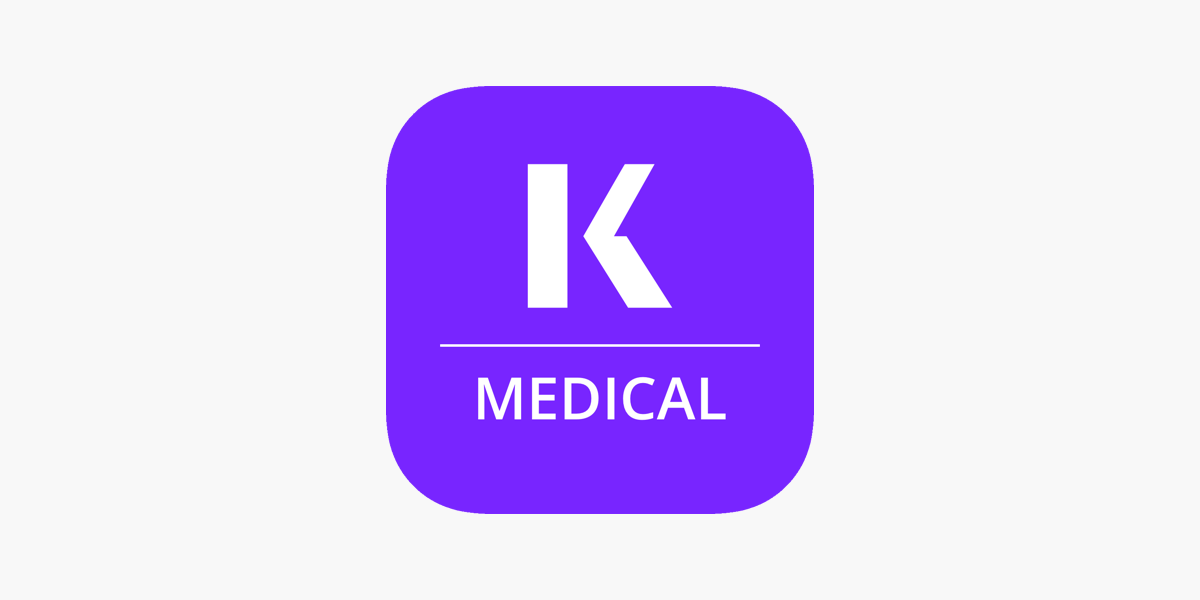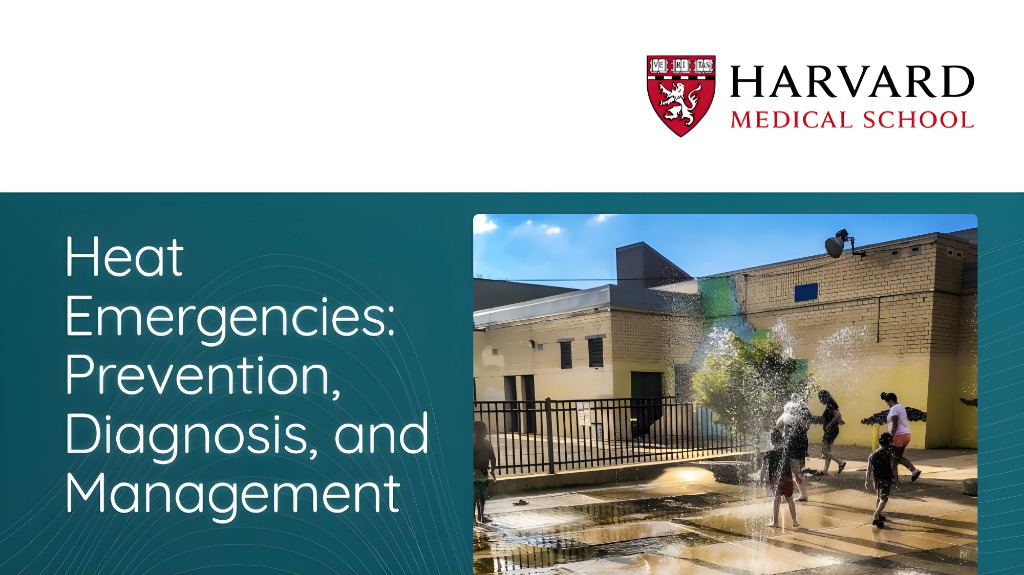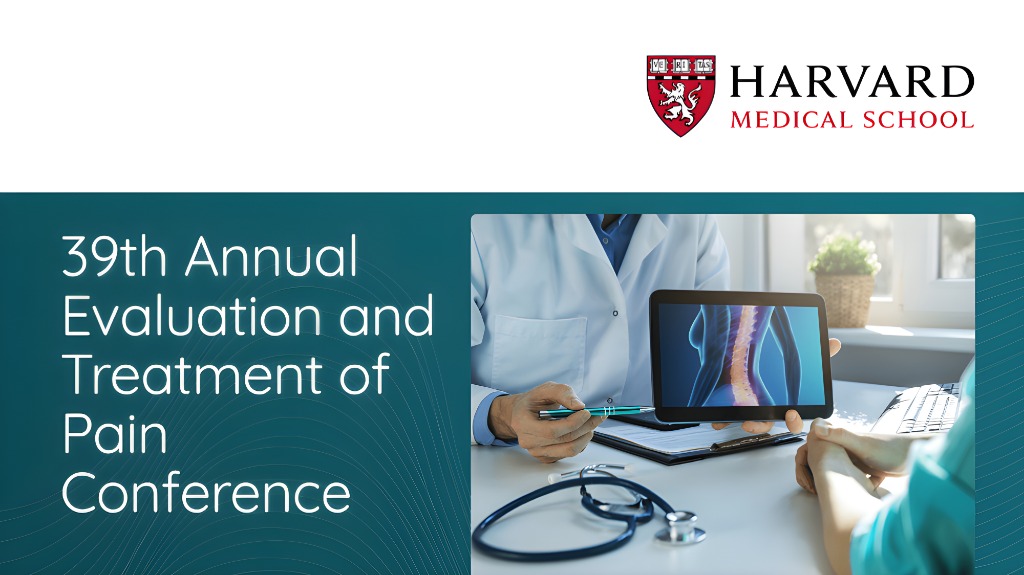Pain Medicine CME from the Experts
The Comprehensive Review of Pain Medicine program addresses the challenge of effective, safe, and timely relief of acute or chronic pain with in-depth insights into evolving viewpoints of opioid analgesics, pain practice management, clinical updates, advances in pain physiology, spine technology, and neuromodulation.
Multidisciplinary speakers are experienced clinicians and teachers who offer not only practical recommendations, but also ways to integrate empathy and an understanding of the mechanism of pain. The sessions in this continuing medical education course highlight both existing and emerging evidence-based clinical strategies in the behavioral, pharmacological, and physical sciences. Key take-home points include:
- Limiting the Opioid Supply – Are Our Communities Safer?
- Psychotherapies for Pain – Underused But Effective
- Opioids and Perioperative Pain Management – A Reassessment
- Neuromodulation – Moving Past the Epidural Space
- Appropriate Prescribing and the Pharmacist’s Obligation.
- Restorative Neurostimulation for Refractory, Mechanical, Nociceptive Chronic Low Back Pain
- And more…
* Date of Original Release: December 1, 2022 (lastest version)
LEARNING OBJECTIVES
At the completion of this course, you should be able to:
- Name non-pharmacological therapies for back pain
- Explain ways to treat patients with co-morbid substance use disorder and chronic pain in the acute setting and the chronic setting
- List the benefits of virtual reality versus procedural sedation
- Identify genes that affect analgesic/anesthetic pharmacokinetics and pharmacodynamics
- Discuss perioperative interventions to prevent or reduce the chance of long-term use of opioids postoperatively
- Compare the benefits of dorsal root ganglion stimulation versus epidural stimulation
- Compare spinal cord stimulation versus targeted drug delivery for chronic pain
- List the advantages of minimally invasive lumbar decompression and interspinous decompression
- Explain the advantages and disadvantages of limiting the opioid supply
- Name acute migraine attack outpatient treatment and preventative migraine treatments
COMPREHENSIVE REVIEW OF PAIN MEDICINE 2022


